Unlocking the Secret to Selecting the Perfect Wearable Tech to Revolutionise Your Lifestyle
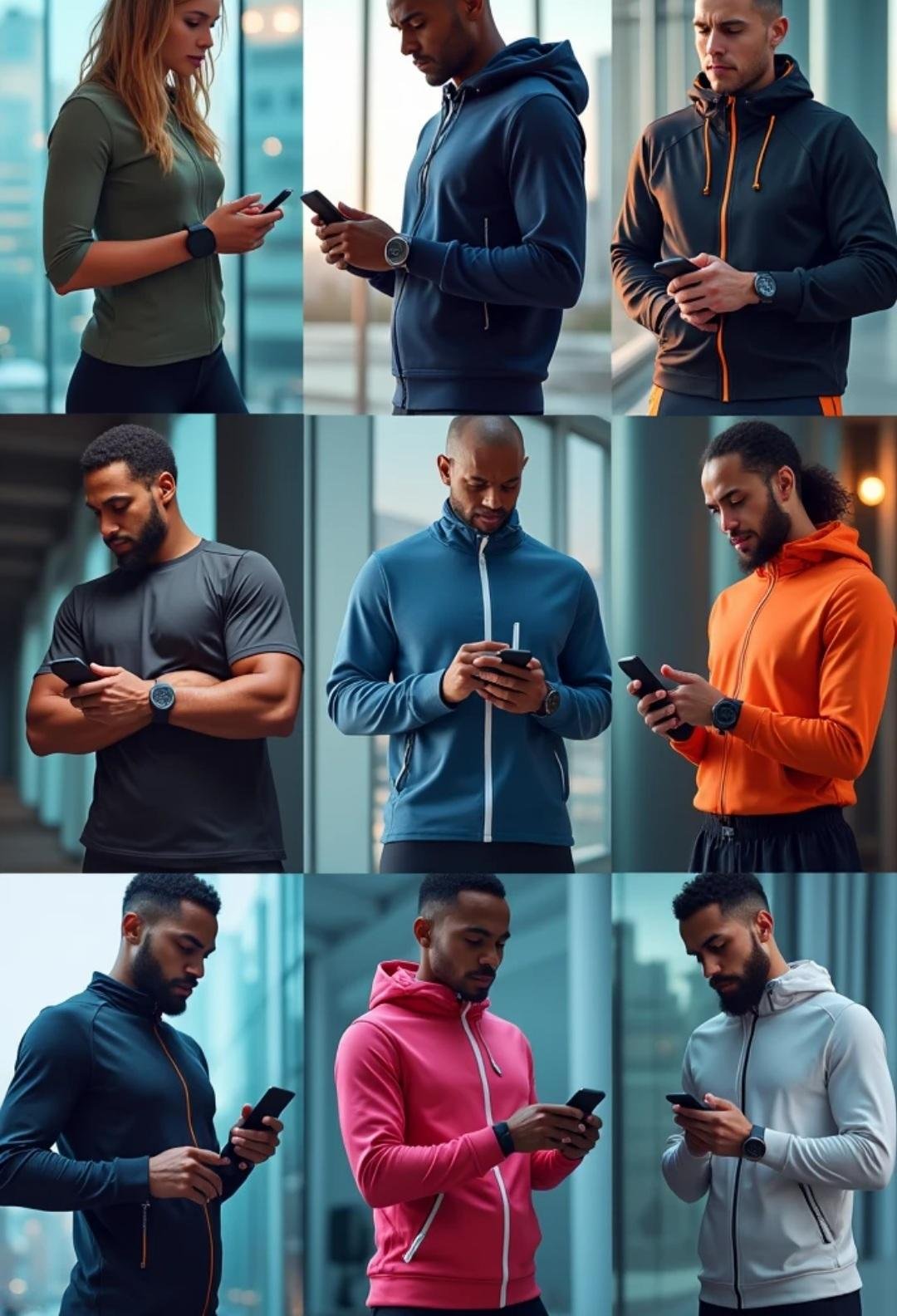
In a world where technology evolves at breakneck speed, wearable tech is no longer just a futuristic dream—it’s an integral part of our daily lives. From sleek smartwatches to high-tech fitness trackers and even smart clothing, these devices promise to enhance our productivity, health, and overall well-being. But with so many options available, how do you choose the perfect wearable tech to suit your lifestyle?
Let me take you into the world of wearable tech and explore how to select the right device for you.
Identify Your Primary Needs

Before diving into the dazzling array of wearable tech, it’s essential to pinpoint your primary needs. Are you looking for a device that tracks your fitness progress, helps you stay connected, or maybe both?
Let’s go through a quick guide to match wearable tech with your needs:
– Fitness Enthusiasts:
If your primary goal is to track your workouts, heart rate, and sleep patterns, a fitness tracker or smartwatch with advanced health metrics is your best bet. Look for devices that offer GPS tracking, heart rate monitoring, and sleep analysis.
– Tech Aficionados:
For those who want to stay connected without constantly checking their phones, a smartwatch with notification support, voice commands, and app integration will keep you in the loop.
– Fashion Forward:
If style is as important as functionality, consider smart clothing or fashion-forward wearables that seamlessly blend technology with aesthetics.
Understand the Features
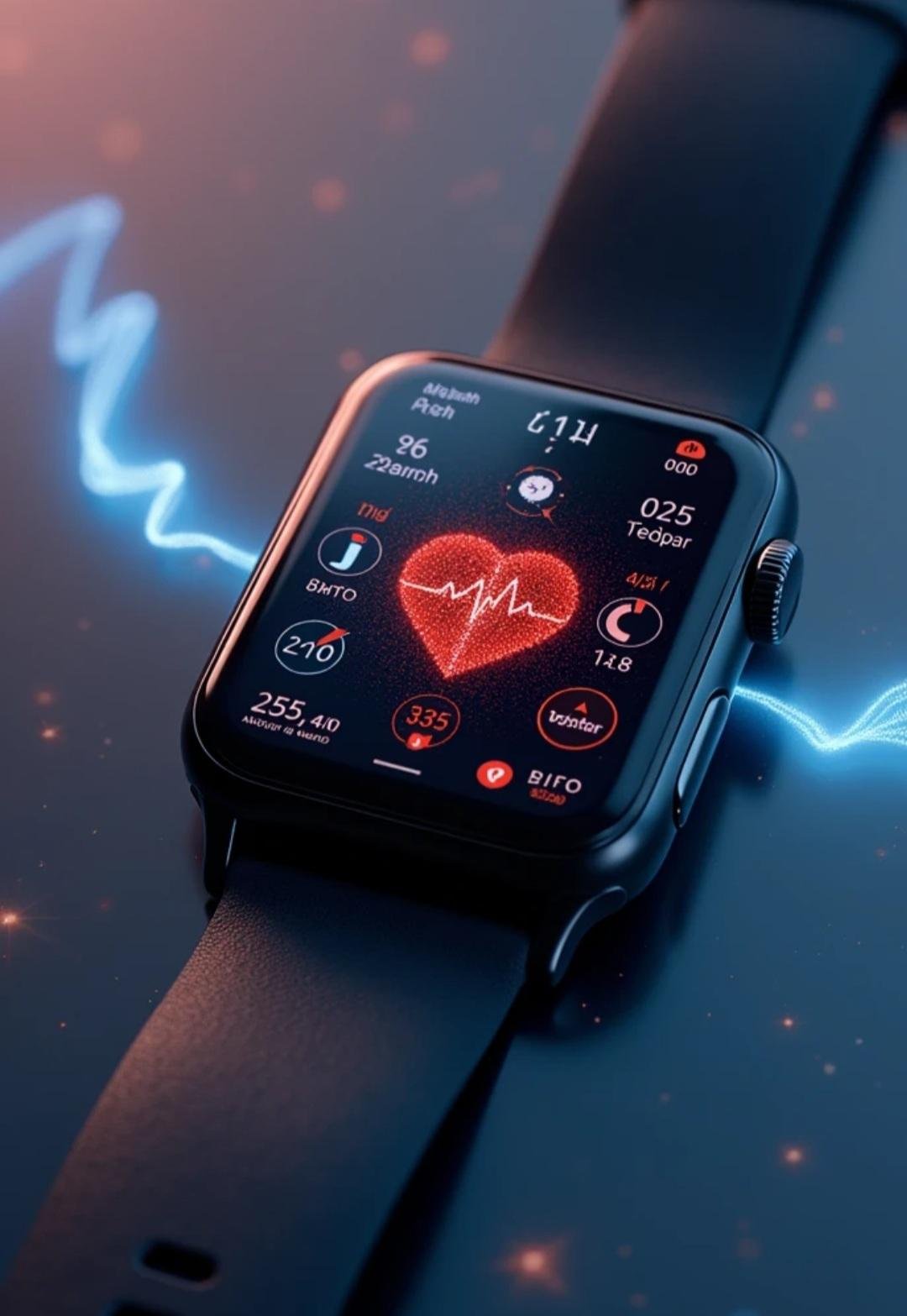
Wearable tech comes packed with features that can either make or break your experience.
Some extraordinary features you should look out for in a tech wearable:
– Health Monitoring:
Modern wearables come with advanced health monitoring features such as ECG (electrocardiogram) readings, blood oxygen levels, and stress management. Devices like the Apple Watch Series 8 and Fitbit Charge 5 offer comprehensive health tracking to give you a holistic view of your well-being.
– Sleep Tracking:
Quality sleep is crucial for overall health. Devices like the Whoop Strap 4.0 provide in-depth sleep analysis and recovery insights, helping you optimize your rest for peak performance.
– GPS and Navigation:
For outdoor enthusiasts or travelers, a wearable with built-in GPS, like the Garmin Forerunner 945, can provide accurate location tracking and route mapping.
– Battery Life:
Battery life is a critical factor in wearable tech. If you prefer not to charge your device daily, opt for wearables with long-lasting batteries, such as the Amazfit Bip U Pro, which can last up to 9 days on a single charge.
Consider Compatibility and Ecosystem

Wearable tech is most effective when it integrates seamlessly with your existing devices. Check the compatibility of the wearable with your smartphone’s operating system (iOS or Android) and other tech you use daily. For instance:
– iOS Users:
Apple Watch integrates flawlessly with iPhones, offering features like Apple Pay, notifications, and seamless app connectivity.
– Android Users:
Wear OS devices from brands like Samsung and Fossil are designed to work well with Android phones, providing similar connectivity features.
– Multi-Platform Users:
If you use multiple devices, choose wearables that support cross-platform compatibility, such as the Fitbit Sense, which works with both iOS and Android.
Evaluate Comfort and Design
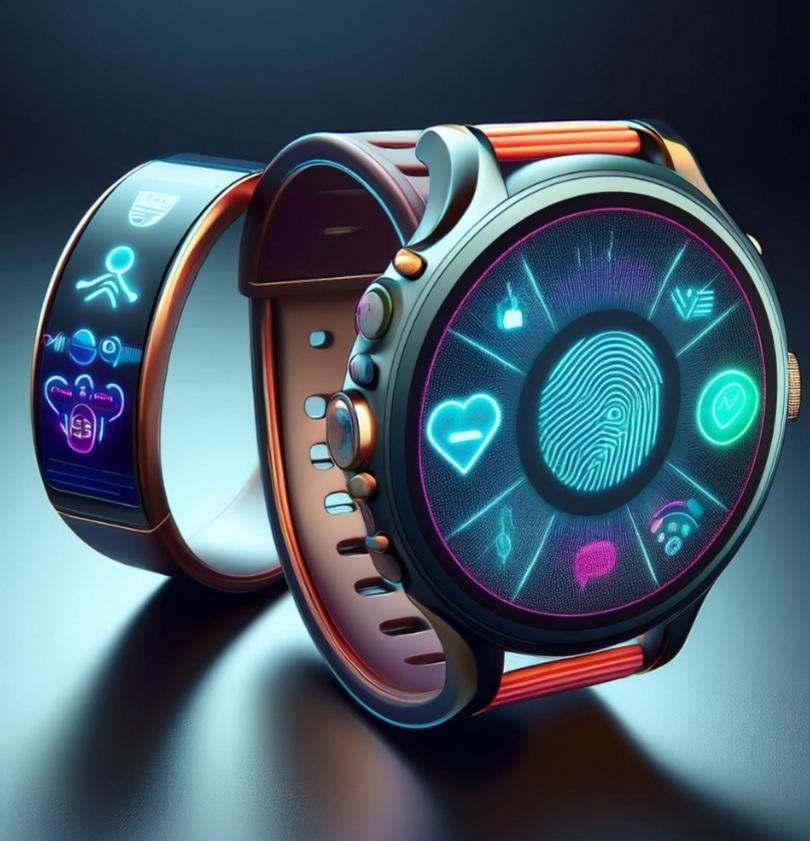
Comfort and design are crucial for wearables, especially since you’ll likely be wearing them for extended periods.
Factors you should consider:
– Fit and Adjustability:
Ensure the wearable has an adjustable band or strap that fits comfortably on your wrist. For fitness trackers, look for options with multiple band sizes or customizable straps.
– Design Aesthetics:
Wearables come in various styles, from sporty to sophisticated. Choose a design that aligns with your personal style and can be worn in different settings, whether it’s the gym or a formal event.
– Durability:
If you lead an active lifestyle or frequently engage in outdoor activities, opt for wearables with water resistance and robust build quality. Models like the Garmin Fenix 7 are designed to withstand harsh conditions and offer durability.
Check for Customization and Apps

One of the benefits of wearable tech is the ability to customize and enhance functionality through apps and settings. Consider:
– Customizable Watch Faces:
Many smartwatches allow you to change watch faces according to your mood or outfit. This feature adds a personal touch to your device and keeps things fresh.
– Third-Party Apps:
Explore the range of apps available for your wearable. Fitness-focused users might benefit from apps that offer specialized workout plans, while those interested in productivity can find apps that integrate with task management tools.
‐ Integration with Other Devices:
Evaluate how well the wearable integrates with other tech in your ecosystem. For instance, if you use smart home devices or productivity tools, a wearable that can control these systems or sync data with them can enhance your overall tech experience.
Look at Reviews and User Experiences

Before making a purchase, it’s wise to read reviews and user experiences.
Look for feedback on:
– Ease of Use:
Check how user-friendly the interface is and whether the device’s functions are intuitive.
– Accuracy of Features:
Read about the accuracy of health monitoring and GPS tracking to ensure the device meets your expectations.
– Customer Support:
Consider the brand’s reputation for customer support and warranty services in case you encounter issues with the device.
Budget and Value for Money

Wearable tech comes in various price ranges, from budget-friendly options to premium models. Determine your budget and assess the value for money based on the features offered.
Keep in mind:
– Cost vs. Features:
Higher-priced models often come with advanced features, but ensure that you’re getting value for your investment.
– Long-Term Value:
Consider the longevity and potential software updates of the device. A slightly higher initial investment might offer better long-term benefits.
‐ Hidden Costs:
Be aware of any additional costs associated with the wearable. This might include subscription fees for premium features, extra charges for accessories, or costs for replacement parts. Consider these potential expenses when calculating the true cost of ownership.
Future-Proofing Your Choice

Technology evolves rapidly, so it’s essential to consider how future-proof your wearable tech is.
Look for devices that:
– Receive Regular Updates:
Ensure that the wearable receives software updates to keep up with new features and improvements.
– Adapt to New Technologies:
Opt for wearables that support emerging technologies or standards, such as 5G connectivity or advanced health sensors.
‐ Evolving Standards: Look for wearables that support emerging industry standards or protocols. For instance, devices with support for newer Bluetooth versions or anticipated health data standards are more likely to remain compatible with future technologies and services.
Test It Out
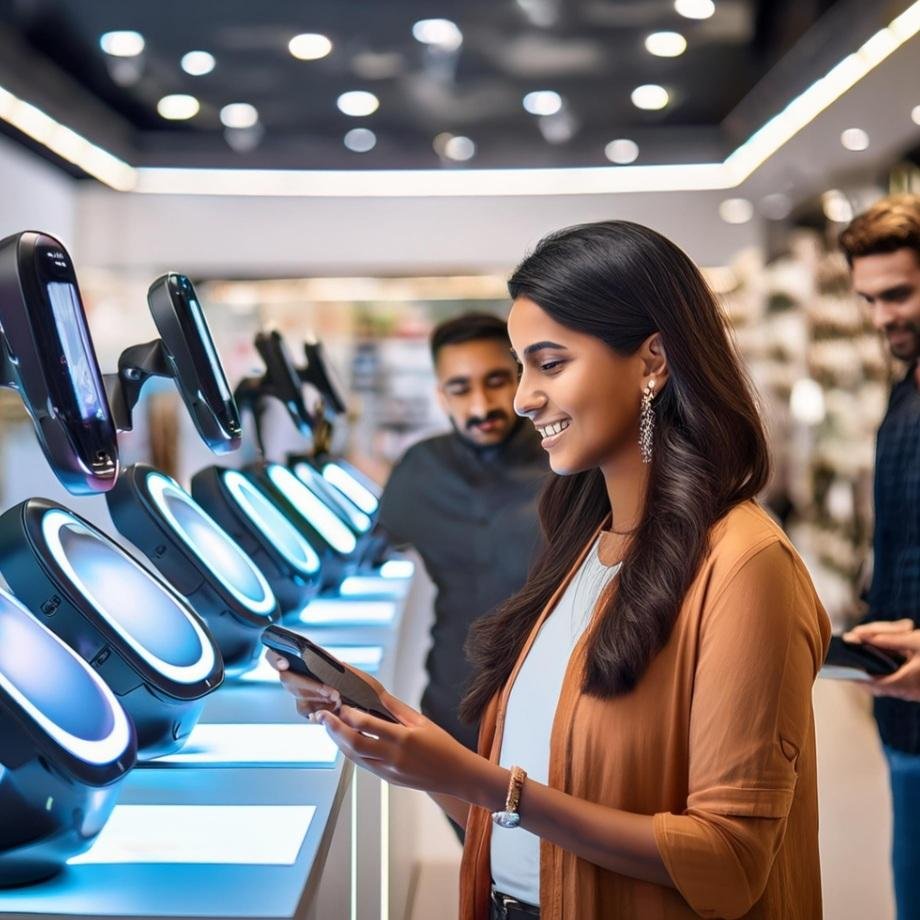
– Check User Interface:
Pay attention to the device’s user interface and navigation. Ensure the menus are intuitive and that you can easily access and understand the features you’re interested in. A smooth, user-friendly interface can make a significant difference in your daily experience.
– Try It in Real-World Scenarios:
If possible, simulate real-world scenarios in-store, such as receiving notifications or using fitness tracking during a brief workout. This can help you assess how the device performs under typical conditions you’ll use it in.
– Evaluate Wearability:
Test the fit and comfort over an extended period, if possible. Ensure the device doesn’t irritate your skin or feel cumbersome after prolonged use. Some stores may offer trial periods or demo units that allow you to wear the tech for a few days to better gauge comfort and usability.
– Assess App Experience:
Explore the companion app on your smartphone to see how it complements the wearable. Check for ease of data synchronization, the availability of insightful analytics, and how user-friendly the app interface is. This will give you an idea of how the wearable integrates with your overall tech ecosystem.
Final Thoughts
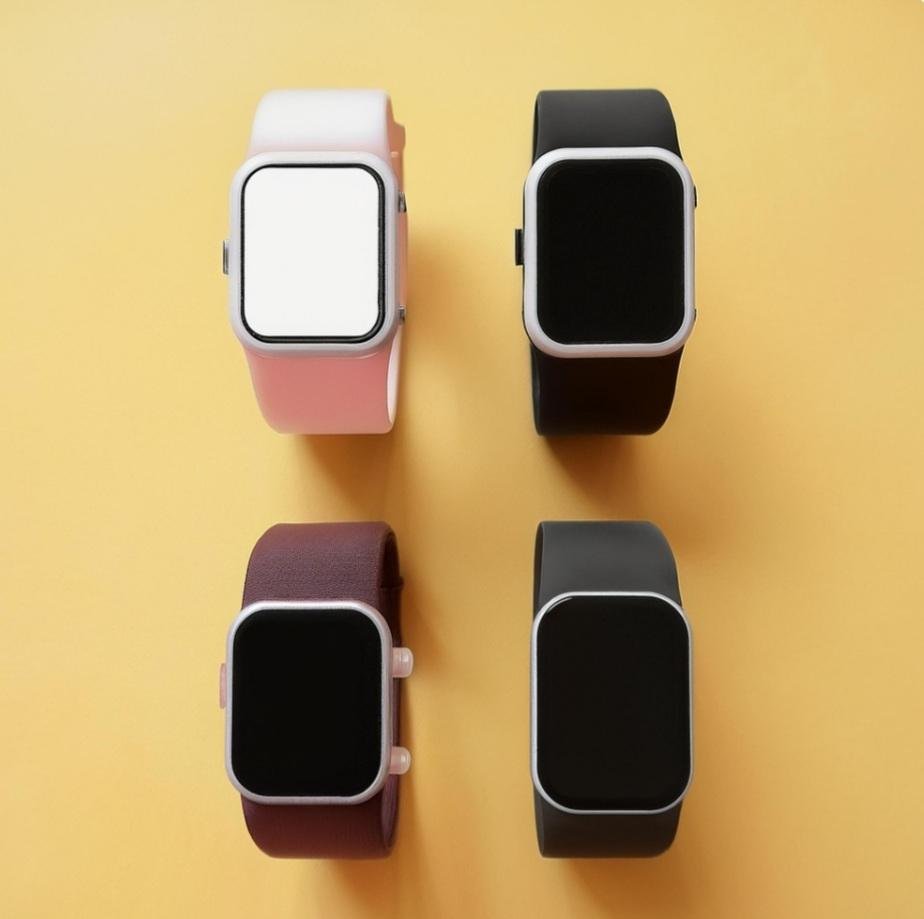
Choosing the right wearable tech can significantly enhance your lifestyle, whether you’re aiming to improve your fitness, stay connected, or simply enjoy the latest tech trends. By identifying your needs, understanding key features, and considering factors like comfort and compatibility, you can find a wearable that aligns perfectly with your lifestyle.
In this ever-evolving tech landscape, the right wearable tech can be a game-changer, seamlessly integrating into your daily routine and helping you achieve your goals with ease. So, gear up and embrace the future—your perfect wearable tech awaits!



